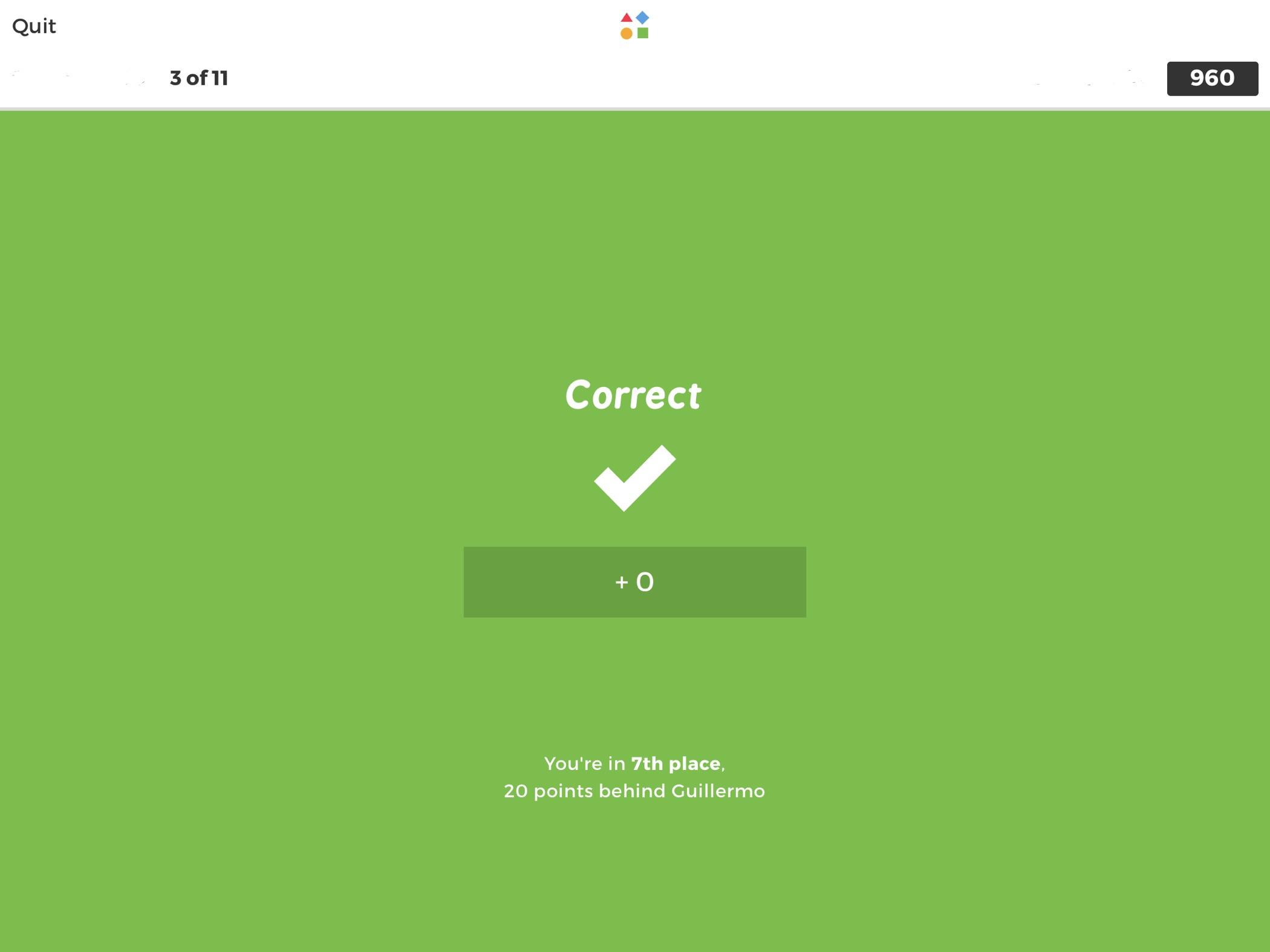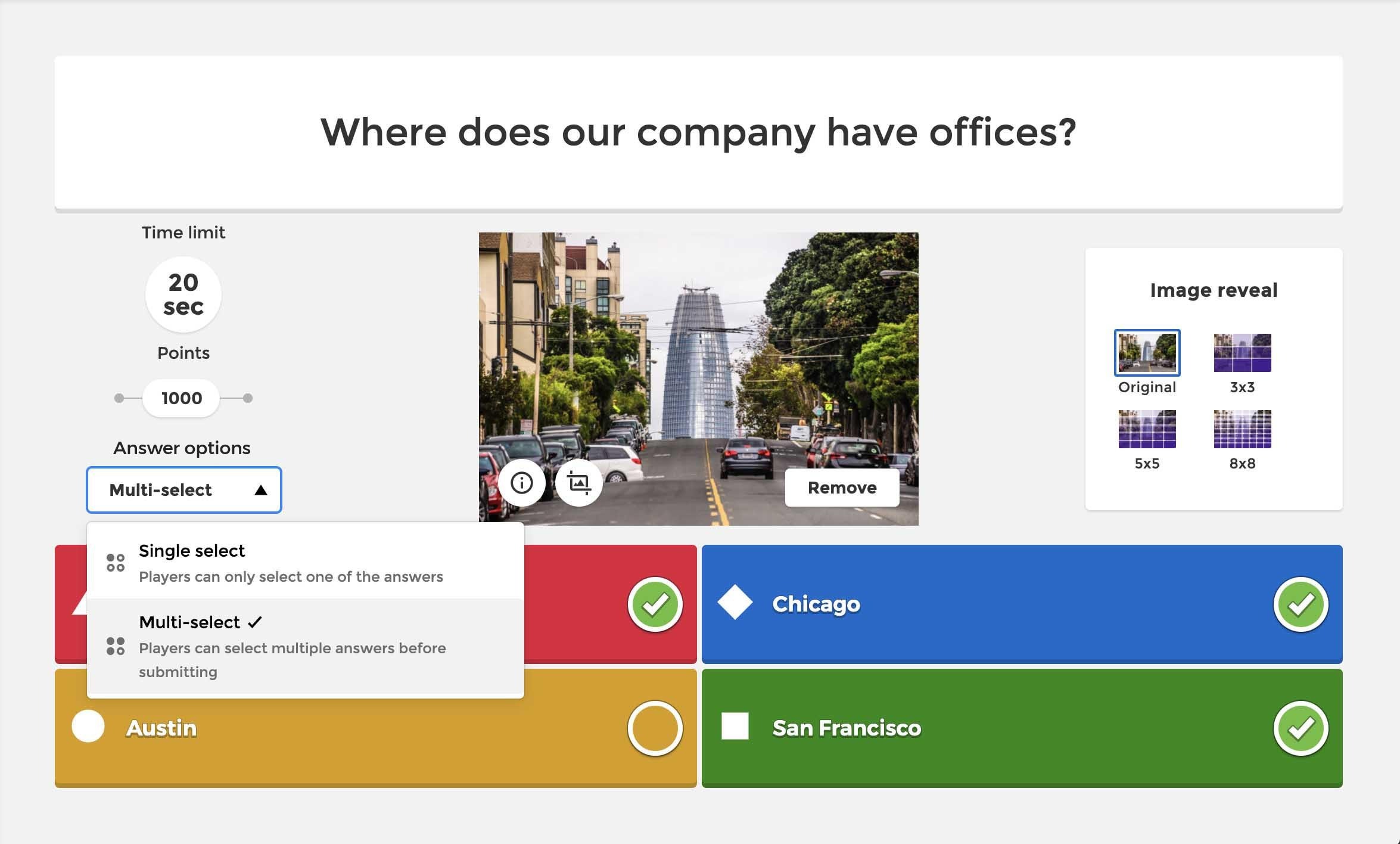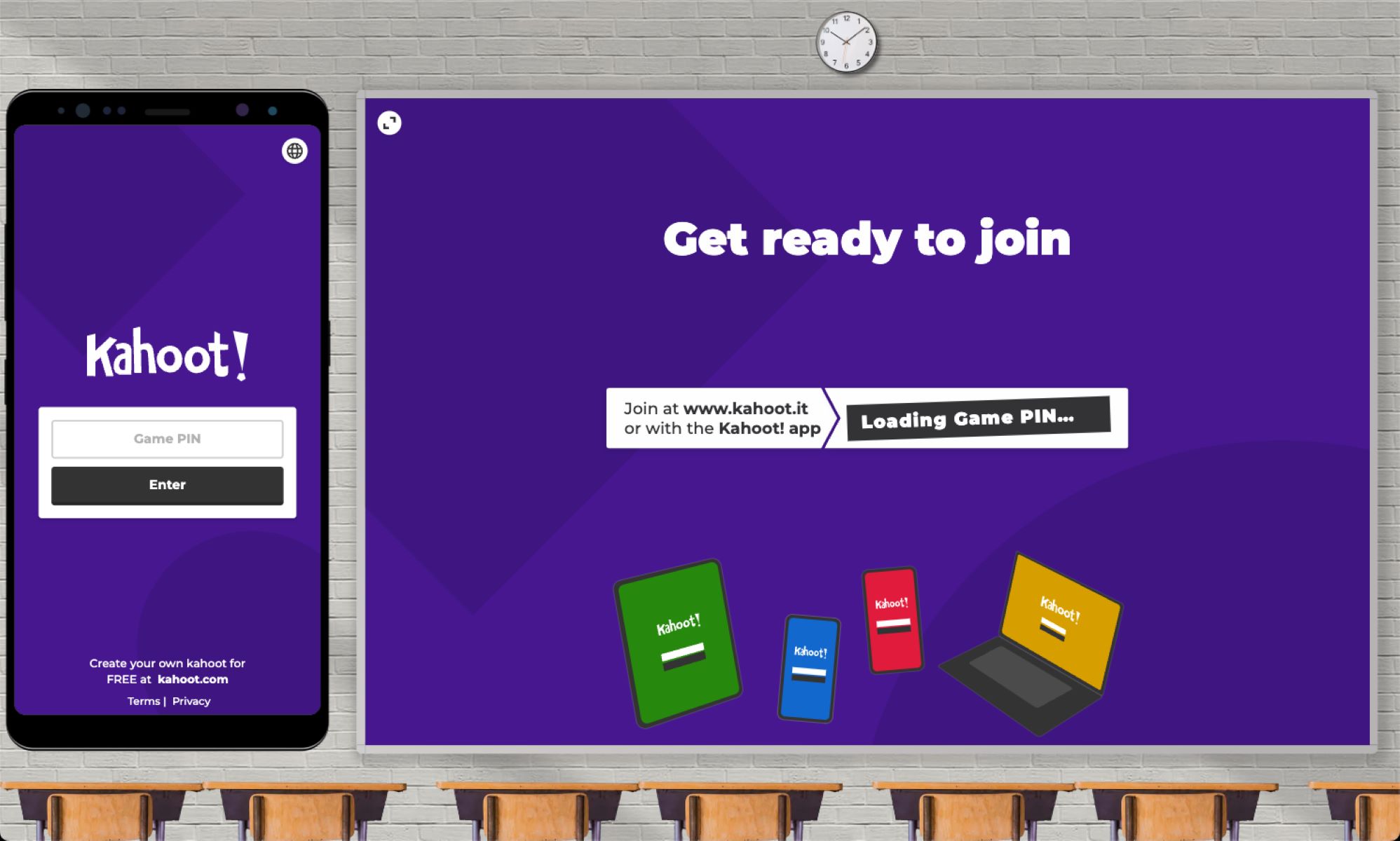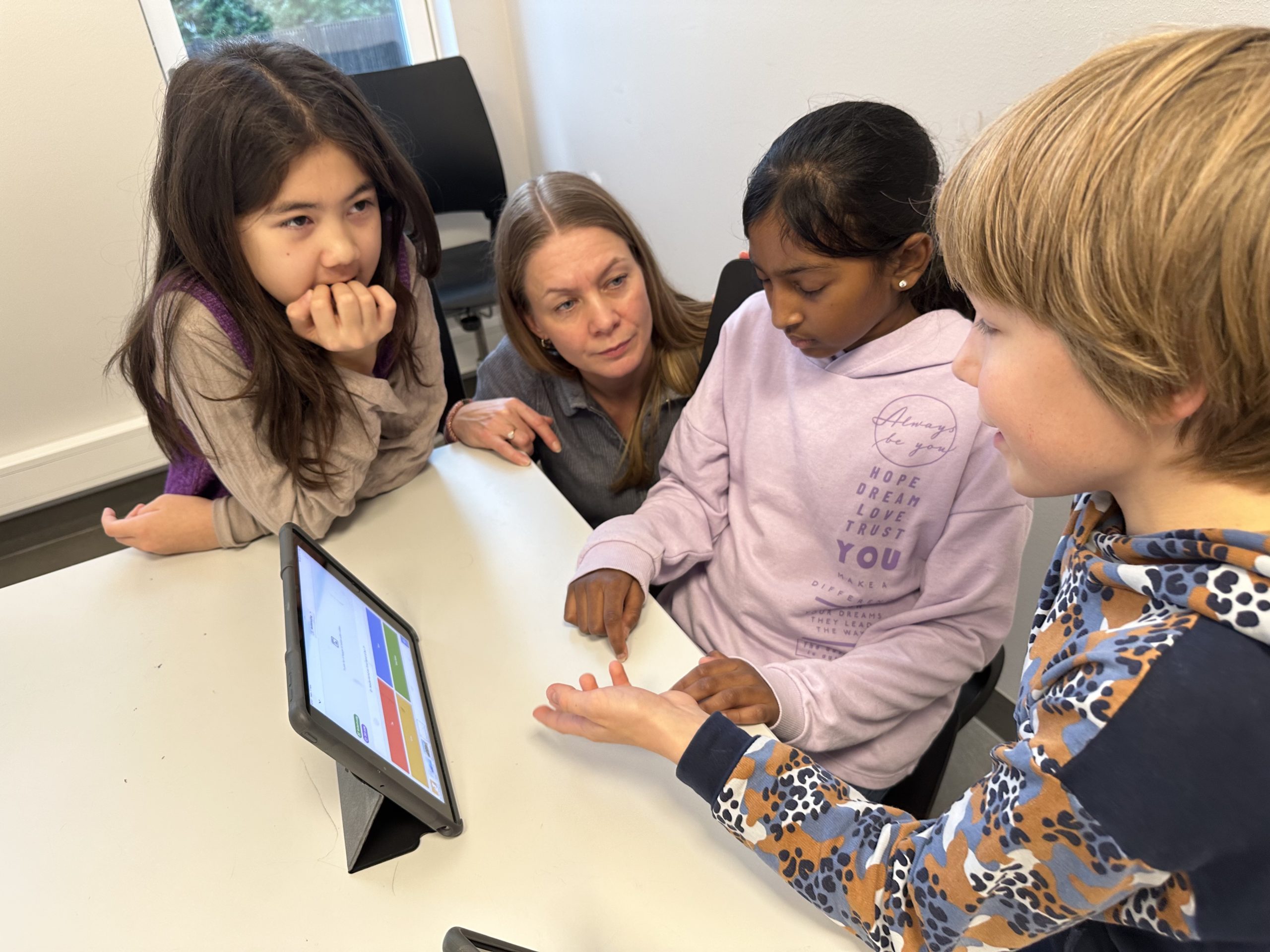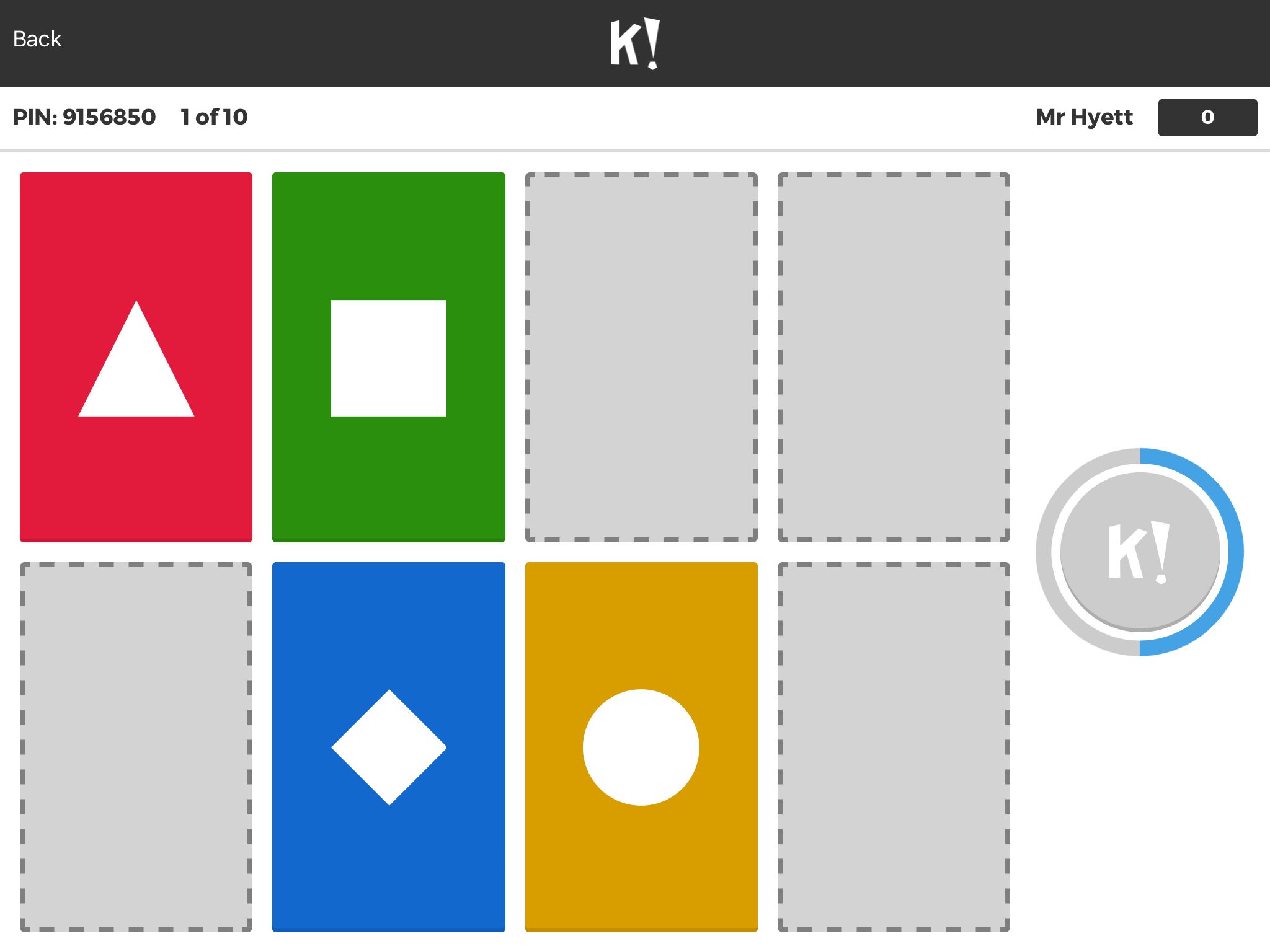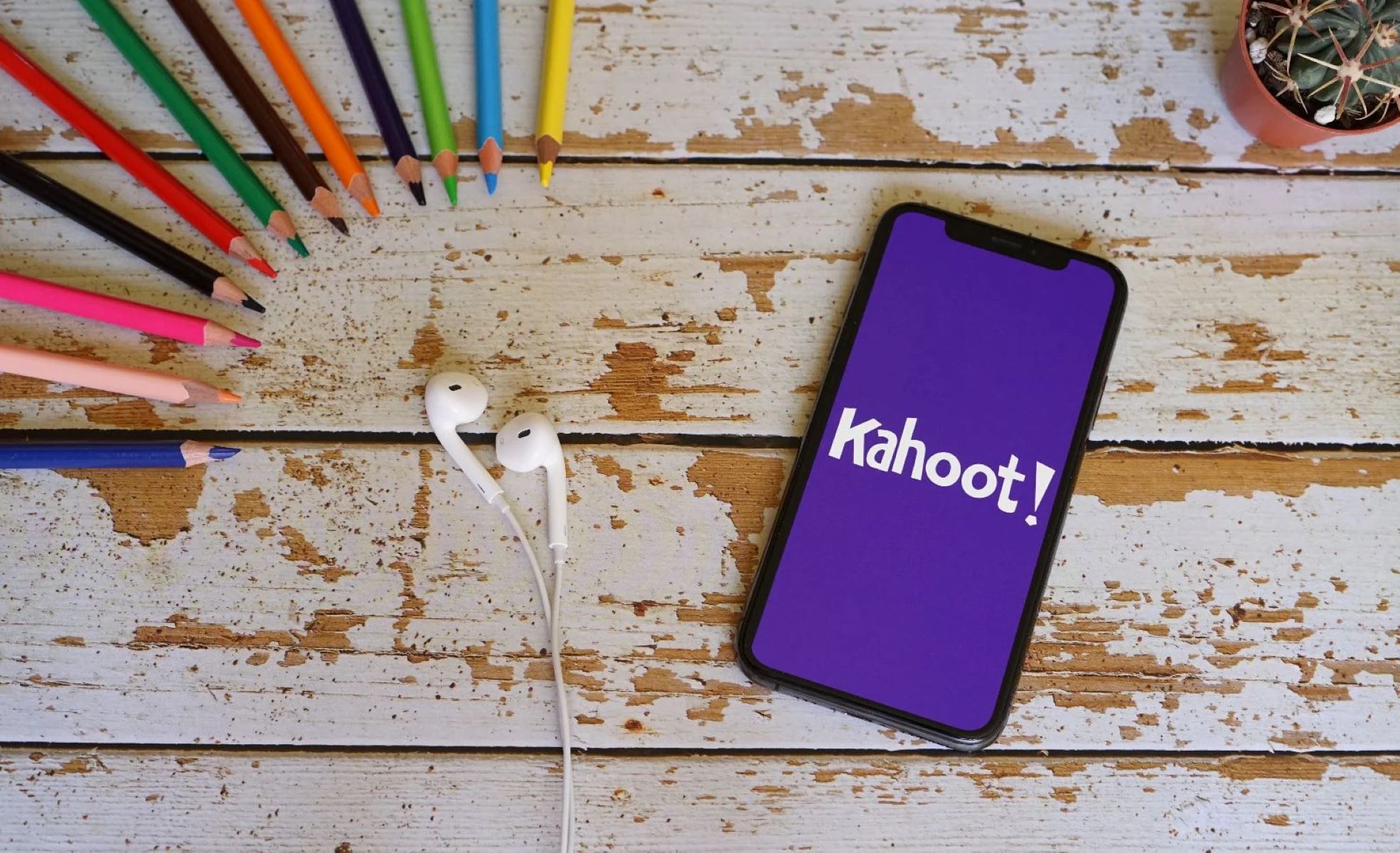Introduction
When it comes to interactive learning tools, Kahoot and Blooket are two popular options that educators and learners can explore. These platforms offer engaging and interactive experiences to enhance the learning process. Whether you are a teacher looking to gamify your classroom or a student seeking an interactive study tool, both Kahoot and Blooket have their own unique features and benefits.
Kahoot is a widely-known platform that has gained popularity for its game-based approach to learning. It allows teachers to create quizzes, surveys, and discussions in a fun and interactive way. Blooket, on the other hand, is a relatively newer player in the field that offers similar features but with some added customization options. It allows teachers to create interactive lessons and students to learn at their own pace.
In this article, we will compare the user interface, features, learning content, customization options, engagement and interaction, analytics and reporting, pricing and availability, and ultimately help you determine which platform is better suited for your needs. So, let’s dive in and take a closer look at Kahoot and Blooket.
User Interface
The user interface plays a crucial role in creating a seamless and enjoyable learning experience. Both Kahoot and Blooket offer user-friendly interfaces, but they differ in terms of layout and design.
Kahoot boasts a vibrant and visually appealing interface. When creating quizzes or surveys, users can easily navigate through the platform’s intuitive design. The layout is clean and organized, with clear options and buttons for adding questions, settings, and customization. The interactive nature of Kahoot is evident throughout the user interface, making it exciting for both teachers and students to use.
On the other hand, Blooket takes a more minimalistic approach to its user interface. The interface is clean and straightforward, focusing on functionality rather than flashy designs. Users can easily create and navigate through lessons and activities using the platform’s intuitive navigation bar. Blooket’s user interface may be particularly favorable for users who prefer a more straightforward and streamlined experience.
When it comes to accessibility, both Kahoot and Blooket offer responsive web designs, ensuring that users can access their platforms from various devices, including computers, tablets, and smartphones. The interfaces are optimized for different screen sizes, allowing seamless transitions between devices.
In terms of user experience, both platforms provide smooth and responsive interactions, minimizing any potential frustrations. Kahoot’s colorful and engaging design encourages active student participation, while Blooket’s minimalist approach allows for focused learning without distractions. Overall, both platforms offer intuitive user interfaces that cater to different preferences and needs.
To sum up, Kahoot’s vibrant and interactive interface appeals to users who enjoy gamified learning experiences, while Blooket’s minimalist design creates a focused learning environment. Consider your teaching style and the preferences of your students when deciding which user interface aligns best with your goals.
Features
When choosing an interactive learning platform, it’s essential to consider the features they offer. In this section, we will explore the features of Kahoot and Blooket, highlighting their similarities and differences.
Kahoot is known for its game-based approach to learning, offering a variety of features to engage students. The platform allows educators to create interactive quizzes, surveys, and discussions, incorporating multimedia elements like images and videos. Kahoot also offers a built-in feature called “Kahoot! Studio,” which provides pre-made quizzes and games created by educational experts. Additionally, instructors can play Kahoot games live in a classroom setting, encouraging healthy competition and active participation among students.
On the other hand, Blooket offers features that focus on personalized learning experiences. Similar to Kahoot, educators can create quizzes and assessments, but Blooket goes a step further by allowing teachers to create interactive lessons and self-paced activities. With Blooket, students can explore content at their own speed, and teachers can monitor their progress in real-time. Moreover, Blooket provides a collaborative feature called “Squad Mode,” which enables students to team up and answer questions together, fostering teamwork and cooperation.
Both platforms also offer a feature that allows teachers to track and assess student performance. Kahoot provides detailed reports on student participation, answers, and overall performance, giving educators valuable insights into individual and class progress. Blooket offers a similar analytics feature, allowing teachers to monitor student performance and identify areas that need improvement.
Another noteworthy feature of Kahoot is its integration with popular learning management systems (LMS) like Google Classroom and Microsoft Teams. This integration simplifies the process of sharing and accessing Kahoot activities within existing classroom workflows. On the other hand, Blooket offers interactive PowerPoint integration, enabling teachers to embed Blooket activities directly into their presentations, creating a seamless learning experience.
To summarize, both Kahoot and Blooket offer a range of interactive features that enhance the learning experience. Kahoot’s focus on gamification and live play encourages student engagement, while Blooket’s personalized learning approach and collaboration features cater to individual student needs. Consider your teaching objectives and the levels of interactivity you desire when choosing between these two platforms.
Learning Content
The learning content available on Kahoot and Blooket is an important factor to consider when selecting an interactive learning platform. Both platforms offer a wide range of content options to ensure a diverse and comprehensive learning experience.
Kahoot is well-known for its extensive library of pre-made quizzes and games, created by both educators and experts in various subject areas. Teachers can easily search and access a wide range of topics, making it convenient to find suitable content for their lessons. Additionally, Kahoot offers the option to duplicate and customize existing activities, allowing educators to tailor the content to their specific teaching objectives. This vast collection of learning content makes Kahoot an excellent choice for teachers who want to quickly find high-quality quizzes and games to supplement their curriculum.
Blooket, although newer in the market, also provides an array of learning content. What sets Blooket apart is its emphasis on interactive lessons and self-paced activities. Educators can create their own lessons by organizing concepts, questions, and multimedia into a sequential format. This feature enables teachers to build customized learning pathways based on their students’ needs. Additionally, Blooket offers a public library of lessons created by the Blooket community, making it easy to access a variety of pre-made content. These options provide flexibility and the ability to align learning content with specific curriculum requirements.
Both platforms allow educators to incorporate images and videos into their activities, making the learning material visually appealing and engaging. This multimedia integration helps to cater to different learning styles and enhances the overall comprehension of the content.
It’s worth noting that both Kahoot and Blooket provide opportunities for user-generated content. Teachers can create their own quizzes, games, and lessons, contributing to a growing pool of learning resources. This user-generated content further enhances the availability and diversity of learning materials within these platforms.
In summary, both Kahoot and Blooket offer a rich selection of learning content. Kahoot’s extensive library of pre-made quizzes and games provides a quick solution for teachers in need of ready-to-use material. On the other hand, Blooket’s focus on interactive lessons and self-paced activities allows for a more personalized and customizable learning experience. Consider the specific content needs of your curriculum and the level of flexibility required when deciding between these platforms.
Customization Options
Customization options are essential for educators who want to tailor the learning experience to their specific needs and preferences. Both Kahoot and Blooket offer various customization features, allowing teachers to create personalized activities and lessons.
Kahoot provides a range of customization options that enable educators to make their quizzes and games unique. Teachers can customize the design of their activities by choosing from a variety of templates, colors, and fonts. They can also add multimedia elements, such as images and videos, to enhance the visual appeal and engagement of the content. Additionally, Kahoot allows customization in terms of question types, time limits, and point values, giving teachers control over the difficulty level and pacing of their activities. These extensive customization options give educators the freedom to create tailored learning experiences that align with their specific teaching goals.
Blooket also offers customization options that cater to individual teaching styles. Educators can personalize their lessons by adding custom questions and images to their activities. Blooket allows teachers to create multiple game modes within a single activity, providing variety and versatility. Additionally, Blooket offers the option to customize the appearance of the game board, allowing teachers to create a visually appealing and engaging environment. These customization options enable educators to create unique learning experiences that resonate with their students.
Both platforms also allow for customization at the student level. Kahoot enables teachers to create individual learning playlists for students based on their specific needs and abilities. Blooket offers customizable power-ups and rewards that students can earn during gameplay, adding a motivational element to the learning process. These customization features help create a personalized learning experience for each student, allowing them to progress at their own pace and be engaged in their education.
In summary, both Kahoot and Blooket offer a variety of customization options that empower educators to personalize their teaching materials. Kahoot provides extensive customization options for designing quizzes and games, while Blooket offers customization features for lessons and game modes. Consider your desired level of customization and the specific needs of your students when selecting a platform.
Engagement and Interaction
Engagement and interaction are crucial factors when it comes to an effective learning experience. Both Kahoot and Blooket offer features that enhance student engagement and promote active participation in the classroom.
Kahoot is renowned for its game-based approach to learning, which creates a highly engaging environment for students. The platform allows teachers to conduct live games in the classroom, where students can join in and compete against each other. The competitive element sparks enthusiasm and motivates students to actively participate in the learning process. Kahoot also offers a collaborative feature called “Team Mode,” where students can work together in teams to answer questions, fostering a sense of teamwork and cooperation. Overall, Kahoot’s interactive and gamified features make learning a fun and engaging experience for students of all ages.
Blooket also focuses on engagement and interaction by incorporating various game modes and team-based activities. The platform offers multiple game modes that students can play individually or in teams, allowing for a variety of learning experiences. Blooket’s “Squad Mode” feature encourages collaboration among students, as they work together to answer questions and earn points. By promoting teamwork and friendly competition, Blooket enhances student engagement and creates a dynamic learning environment.
Both platforms also provide features that enable real-time interaction between teachers and students. Kahoot offers a “Show Answer” feature that allows teachers to explain the correct response after each question, providing immediate feedback and clarification. Blooket offers a chat feature that enables students to ask questions or discuss concepts with their peers or teachers during gameplay. These interactive features enhance the learning experience by facilitating communication and fostering a deeper understanding of the material.
Additionally, both Kahoot and Blooket provide options for remote learning, allowing students to engage and participate from anywhere. With features like live games and multiplayer options, students can connect and interact with their classmates even when physically apart, maintaining a sense of community and engagement.
In summary, both Kahoot and Blooket offer features that promote engagement and interaction in the learning process. Kahoot’s game-based approach and competitive features create an exciting classroom atmosphere, while Blooket’s game modes and team-based activities foster collaboration and communication. Consider your teaching objectives and the level of engagement you want to achieve when choosing between these platforms.
Analytics and Reporting
Analytics and reporting are crucial aspects of any educational platform, as they provide valuable insights into student performance and progress. Both Kahoot and Blooket offer analytics and reporting features that allow teachers to track student data and make informed instructional decisions.
Kahoot provides detailed analytics on student participation, performance, and engagement. Teachers can access reports that highlight individual student scores, question-level data, and the overall class performance. This information helps educators identify areas where students are excelling or struggling, allowing for targeted interventions and personalized instruction. Kahoot also offers a built-in feature called “Ghost Mode,” which enables teachers to compare students’ current performance with their previous attempts, facilitating growth and improvement over time. These robust analytics and reporting features make it easier for teachers to monitor student progress and adjust their teaching strategies accordingly.
Blooket also offers analytics and reporting capabilities to track student performance. Educators can view detailed reports that provide insights into student scores, completion rates, and time spent on activities. Blooket’s analytics give teachers a comprehensive view of individual and class progress, helping them identify areas for improvement and make data-driven instructional decisions. Additionally, Blooket allows teachers to export data from the platform, enabling further analysis and integration into other reporting systems if desired.
Both platforms also offer features that allow teachers to assess student understanding in real-time. Kahoot offers a “Live Results” feature that displays student responses and progress instantly on the screen, promoting class-wide discussions and immediate feedback. Similarly, Blooket provides a live results dashboard that allows teachers to monitor student performance in real-time during gameplay. These features enhance student engagement and provide valuable insights into the effectiveness of instruction.
It’s worth noting that data privacy and security are paramount in educational platforms. Both Kahoot and Blooket prioritize data protection and comply with industry standards to ensure the safety and privacy of student information.
In summary, both Kahoot and Blooket provide analytics and reporting features that allow teachers to track student progress, identify areas for improvement, and make data-driven instructional decisions. Kahoot offers detailed insights into student performance and engagement, while Blooket provides comprehensive reports on scores and completion rates. Consider the specific analytics needs of your classroom and the level of data analysis required when choosing between these platforms.
Pricing and Availability
When considering an interactive learning platform, it’s important to assess the pricing options and availability to ensure it aligns with your budget and accessibility requirements. Let’s take a closer look at the pricing and availability of Kahoot and Blooket.
Kahoot offers various pricing plans to cater to different needs. The platform offers a free version that allows users to create and play unlimited games. However, it comes with limitations on features and customization options. Kahoot also offers premium plans for educators and businesses, such as Kahoot! Plus and Kahoot! Pro, which provide additional features like advanced reports, branding options, and collaboration capabilities. These premium plans are available at a subscription-based pricing, allowing users to access enhanced features and functionality for a monthly or annual fee.
On the other hand, Blooket offers its platform completely free of charge. All the core features and functionality, including customization options, game modes, and access to the public lesson library, are available without any cost. This makes Blooket an attractive option for educators and students who are looking for an interactive learning platform on a budget.
In terms of availability, both Kahoot and Blooket are web-based platforms, accessible through a web browser on various devices, including desktop computers, laptops, tablets, and smartphones. They are compatible with popular operating systems like Windows, macOS, iOS, and Android, ensuring widespread accessibility for both teachers and students.
It’s important to note that while both platforms offer free options, Kahoot’s premium plans unlock additional features that may be beneficial for educators who require advanced analytics, branding, and collaboration capabilities. Blooket’s completely free platform makes it an enticing option for users with budget constraints.
Before making a decision, it’s recommended to thoroughly review the pricing plans and consider the specific needs of your classroom or learning environment. Take into account the desired features, customization options, and available budget when selecting between Kahoot and Blooket.
Conclusion
After comparing Kahoot and Blooket based on their user interface, features, learning content, customization options, engagement and interaction, analytics and reporting, as well as pricing and availability, it is clear that both platforms offer unique strengths and advantages for interactive learning experiences.
Kahoot stands out for its gamified approach, vibrant user interface, and extensive library of pre-made quizzes and games. It fosters active participation, healthy competition, and enables educators to quickly find engaging content for their lessons. With its emphasis on live play and competitive features, Kahoot excels in creating an exciting classroom environment.
Blooket, on the other hand, offers a more customizable and personalized learning experience. Its interactive lessons, self-paced activities, and collaborative features promote individualized learning paths and encourage teamwork among students. Blooket’s minimalistic user interface and completely free platform make it accessible and appealing to educators on a budget.
When making a decision between Kahoot and Blooket, it is important to consider your teaching style, learning objectives, and the needs of your students. If you value gamification, lively competition, and a vast library of content, Kahoot may be the right choice for you. On the other hand, if you prioritize customization options, personalized learning experiences, and a budget-friendly solution, Blooket offers a compelling alternative.
Ultimately, both Kahoot and Blooket have established themselves as powerful tools for interactive learning, catering to different teaching styles and student needs. Whichever platform you choose, keep exploring and experimenting with different features to create an engaging and effective learning experience for your students.










